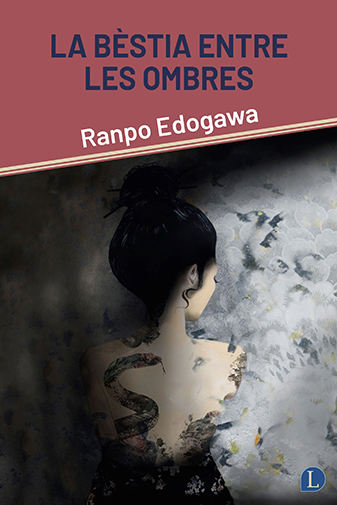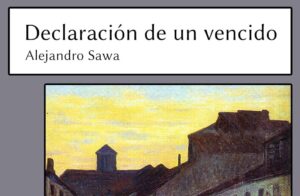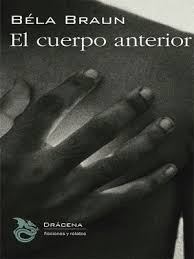
Original Language: Japanese
Títutulu Original: Beast in the shadow
Translation (to Catalan): Mei Gutiérrez
Year of publication: 1928
Valoración: Recommended (especially for unconditional Edogawa Rampo and lovers of detective literature)
I have read the Japanese writer Edagawa Rampo a lot. I have also criticized (and quite) several of his works. I never do it hard, because in the background they seem extremely entertaining and there is a tender naivety in them, but it is impossible to deny that they often force to suspend disbelief too much, or that they bet on implausible argumentary elements.
There is an convoluted argument and many twist in The beast in the shadowstrue, but at no time do they lose credibility. Erotism permeates the work, okay, but although it is decadent, morbid and I would even say that perverse, it never reaches ridiculous and caricaturescos.
To this we must add three other sections in which The beast in the shadows It seems particularly inspired: its structure (capable of progressing the story in an organic way and closing chapters with succulent “cliffhangers”), its characters (simple but effective) and, above all, certain scenes in the climax (I think especially in one in context, of an unusual power, which recontextualizes for the nth time the entire work and leaves a sense of uncertainty that brushes the uncertainty.
So I enthusiastically recommend this short novel, especially lovers of detective literature. And to whom you are going to read it, I give you advice: go to her without anyone destroying her argument, because it is worth being surprised by her constant shaking. Of course, allow you to give you a small synopsis with the intention of opening your appetite:
A single detective novel writer, whose work is “considered (…) the most intellectual of the genre”, he meets a beautiful woman named Shizuko, with whom he starts a certain friendship. One day, Shizuko uses him for help. And it is that a former scoring lover, Hirata, has found her and is determined to take revenge. To do this, you will infuse you with obsessive letters and declare yourself willing to harass and even murder. Shizuko, who cannot go to his wealthy husband because he would discover that his wife was not a virgin when they married, he has to trust the narrator of this story. And he will accept the case, on the one hand because he wants to help his friend, but also because Hirata turns out to be the man after the pseudonym of Shundei õe, writer of detective novels “bloody, cunning and evil” with whom he always felt a certain literary rivalry.
Source: https://unlibroaldia.blogspot.com/2025/03/edogawa-rampo-la-bestia-entre-las.html


